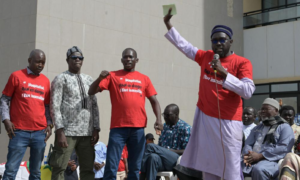By Tyrone BeasonStaff Writer
PACIFIC GROVE, Calif. —
Walking the oceanfront footpath toward the fabled fish-packing warehouses of Cannery Row, Randy Sabado stops at a historical mural. As always, he grimaces.
It depicts white men and women strolling in Victorian dress, Japanese abalone divers on the hunt at sea and Chinese villagers fishing in front of cabins built on wooden stilts.
MY COUNTRY
As a Black man in America, I’ve always struggled to embrace a country that promotes the ideals of justice and equality but never fully owns up to its dark history of bigotry, inequality and injustice.
Now, more than any time in recent history, the nation seems divided over this enduring contradiction as we confront the distance between aspiration and reality. Join me as I explore the things that bind us, make sense of the things that tear us apart and search for signs of healing. This is part of an ongoing series we’re calling “My Country.”
— Tyrone Beason
Something is off. The white characters are painted with care, rendered fully human with eyes and mouths. The Asians are indistinct, their faces mere smudges.
“You can’t even tell they’re Chinese,” Sabado says. “You can’t even tell they’re people.”
The inequality reflected in these portrayals is all the more disturbing to Sabado, who is Filipino-Chinese by heritage, because Chinese immigrants were evicted from the Pacific Grove settlement shown in the mural after a mysterious fire destroyed dozens of houses and businesses in 1906.
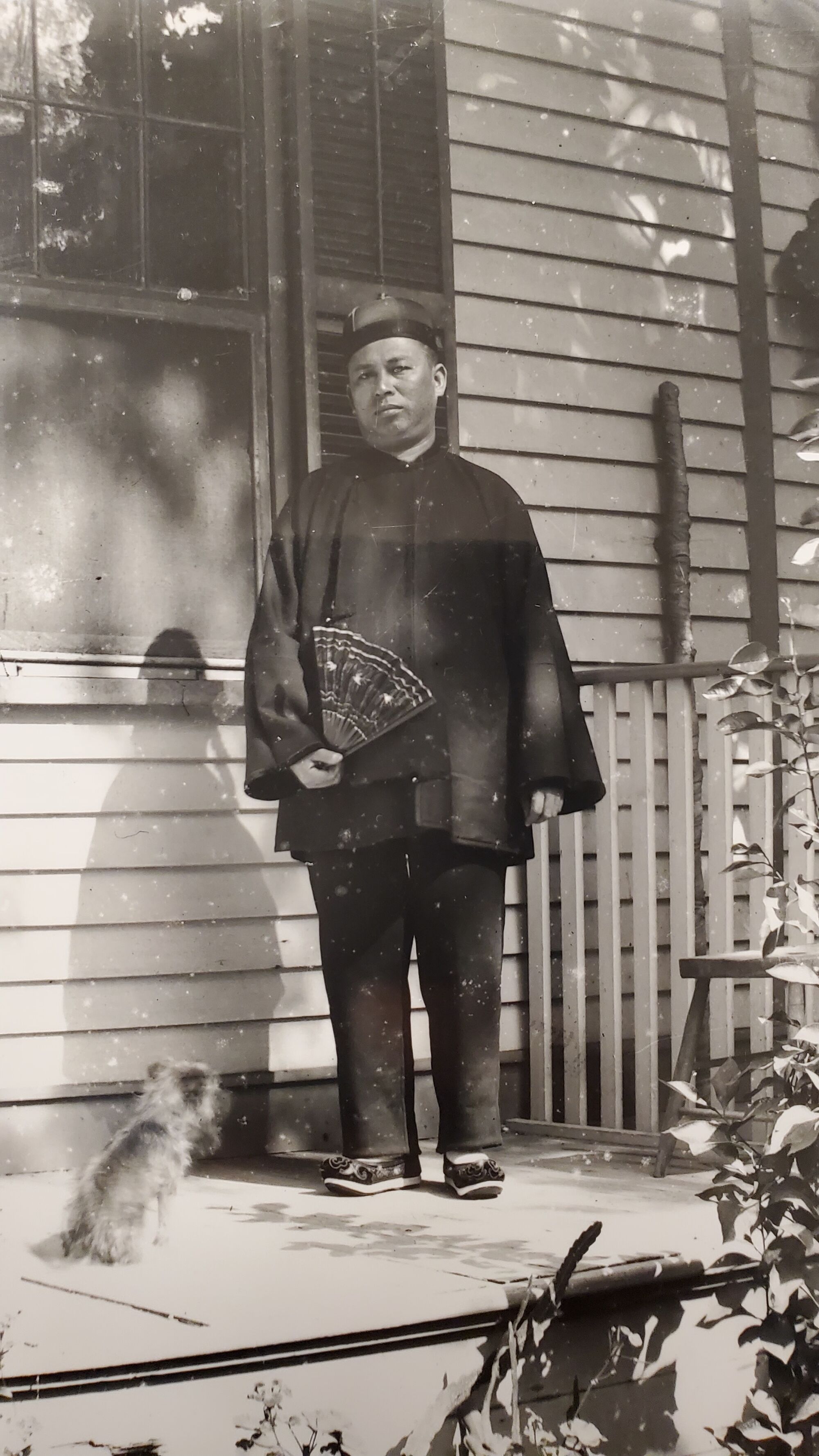
White residents taunted the Chinese as they rushed to collect their belongings, and some looted the salvaged possessions.
That trauma was dehumanizing, Sabado says. But what bothers him just as much is that for decades, this predominantly white city of about 15,000 people capped off its annual Feast of Lanterns with a fictional stage production that appropriated Chinese culture.
Residents dressed up in Chinese-style robes of silk brocade and slanted their eyes with makeup and tape. Some even tinted their skin yellow. During a segment of the play that featured an arranged marriage, audience members would boo, a reaction that felt to Sabado like an added insult.
“For the longest time, the Feast of Lanterns never acknowledged [the village’s] very existence,” Sabado says.
Up until recently, few challenged the cultural appropriation and racism of the pageant.
Under pressure from residents throughout the Monterey Bay area who spoke out at public hearings, organizers in February canceled the Feast of Lanterns. And after more than a century of silence, city officials finally issued a public apology this spring for the burning of the village.
VIDEO | 03:54
Pacific Grove reconciles with its past as it ends the controversial Feast of Lanterns
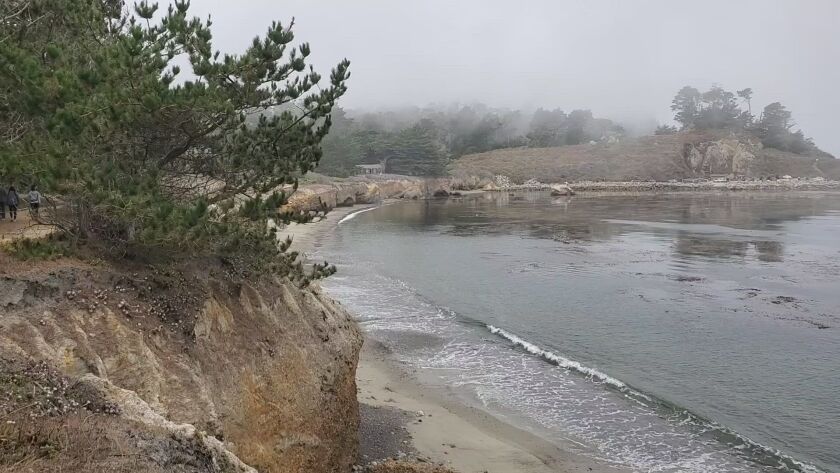
After years of advocacy, Monterey Bay’s Asian community members see an end to the Feast of Lanterns, which used dated stereotypes and appropriated Chinese culture.
Sabado and others with roots in the Monterey Bay area wonder whether it’s possible to make peace with the past when racism has gone unchecked for so long — and when it continues to inflict suffering on Asian Americans and their fellow people of color.
Opponents of the Feast of Lanterns say they were driven by more than a desire to see a problematic festival change its ways. They feel an urgency to talk about the unspoken harm that America’s legacy of racism causes, in light of the fact that attacks against Asian Americans and Pacific Islanders have skyrocketed in California and around the country since the start of the COVID-19 pandemic.
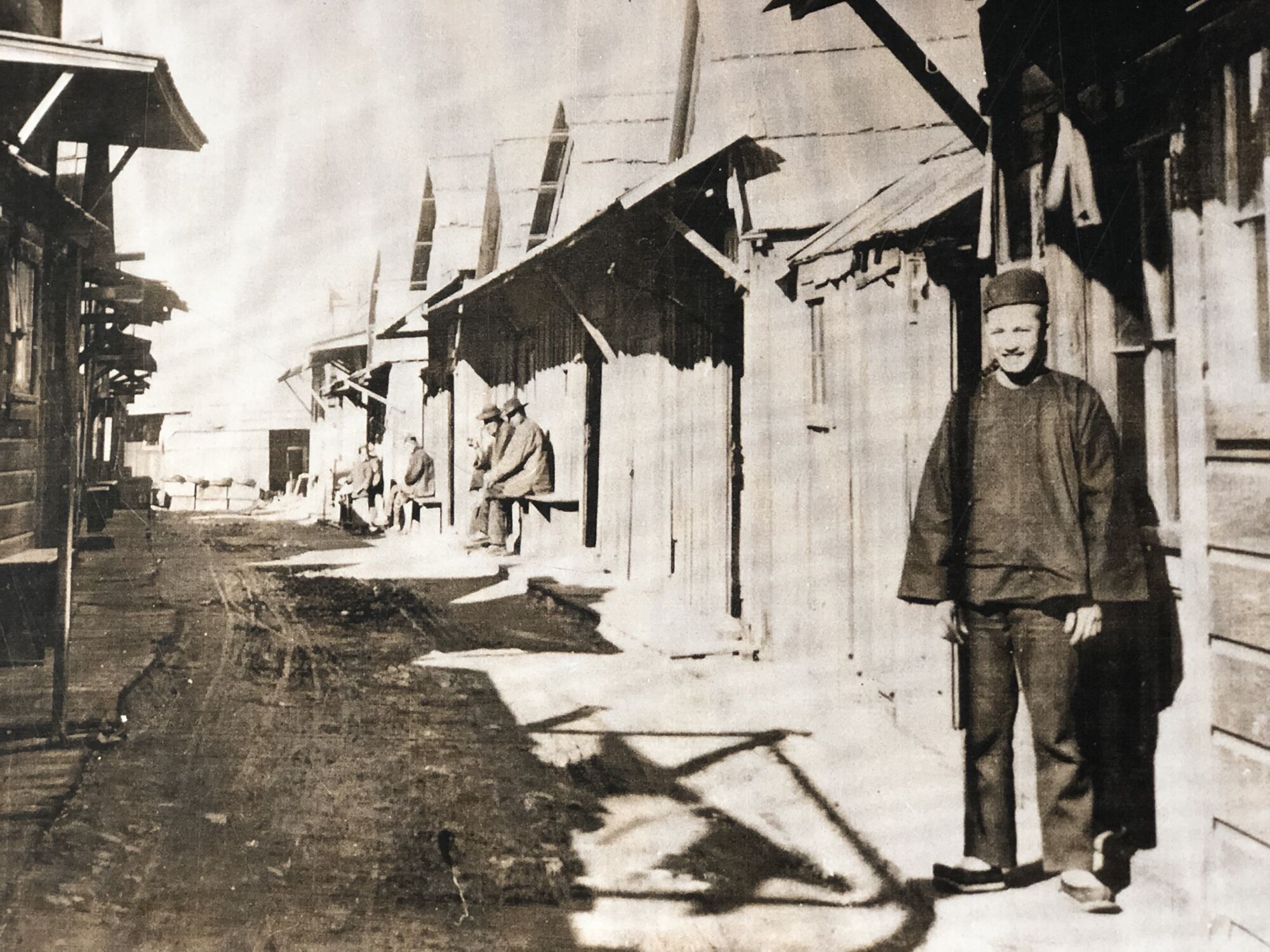
It saddens Sabado to think about how racial insensitivity became so embedded in this one community that after a while, Asian American residents found it easier to tolerate the offensive acts than confront the perpetrators.
“You don’t rock the boat. You endure,” says Sabado, 65, who grew up nearby in Monterey County’s biggest city, the agricultural hub of Salinas. “And yet, where has that gotten us? Basically nowhere.”
Sabado’s wife, Gerry Low-Sabado, spent years working for cultural understanding in the Monterey Bay area. She had tried to persuade festival organizers to remove its offensive elements, and she encouraged city officials to recognize the contributions of Asian Americans, including her ancestors.
Low-Sabado, 71, died of cancer in September 2021, months before the festival was canceled.
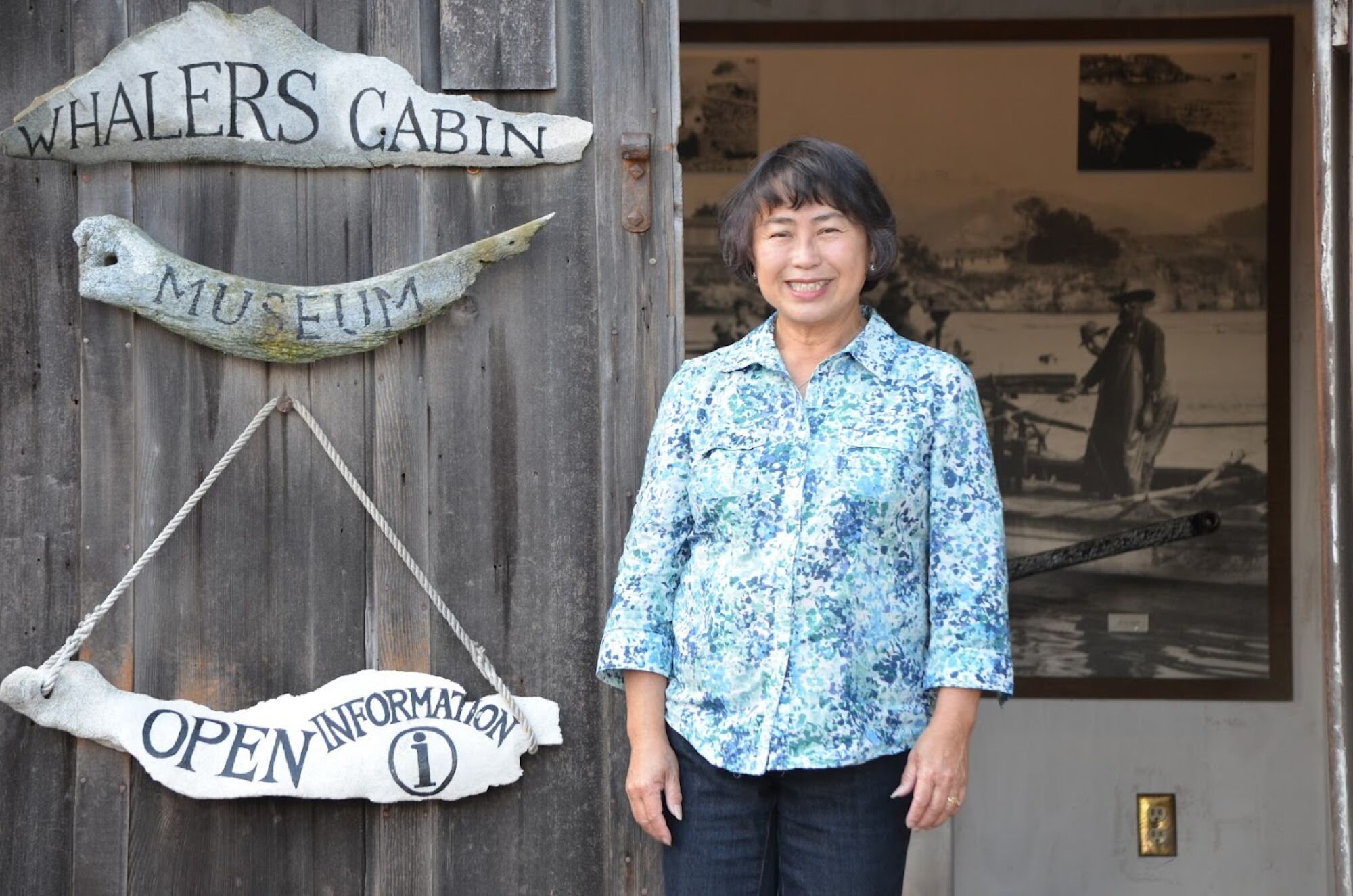
Her effort to raise awareness serves as a reminder that there’s another side to this state’s reputation as a beacon of openness and acceptance, says Angie Ngọc Trần, a professor of political economy at Cal State Monterey Bay.
The string of cities that line Monterey Bay have a record of racial injustice, says Trần, who last year co-founded the multiracial Coalition for Asian Justice in response to the rise in hate crimes.
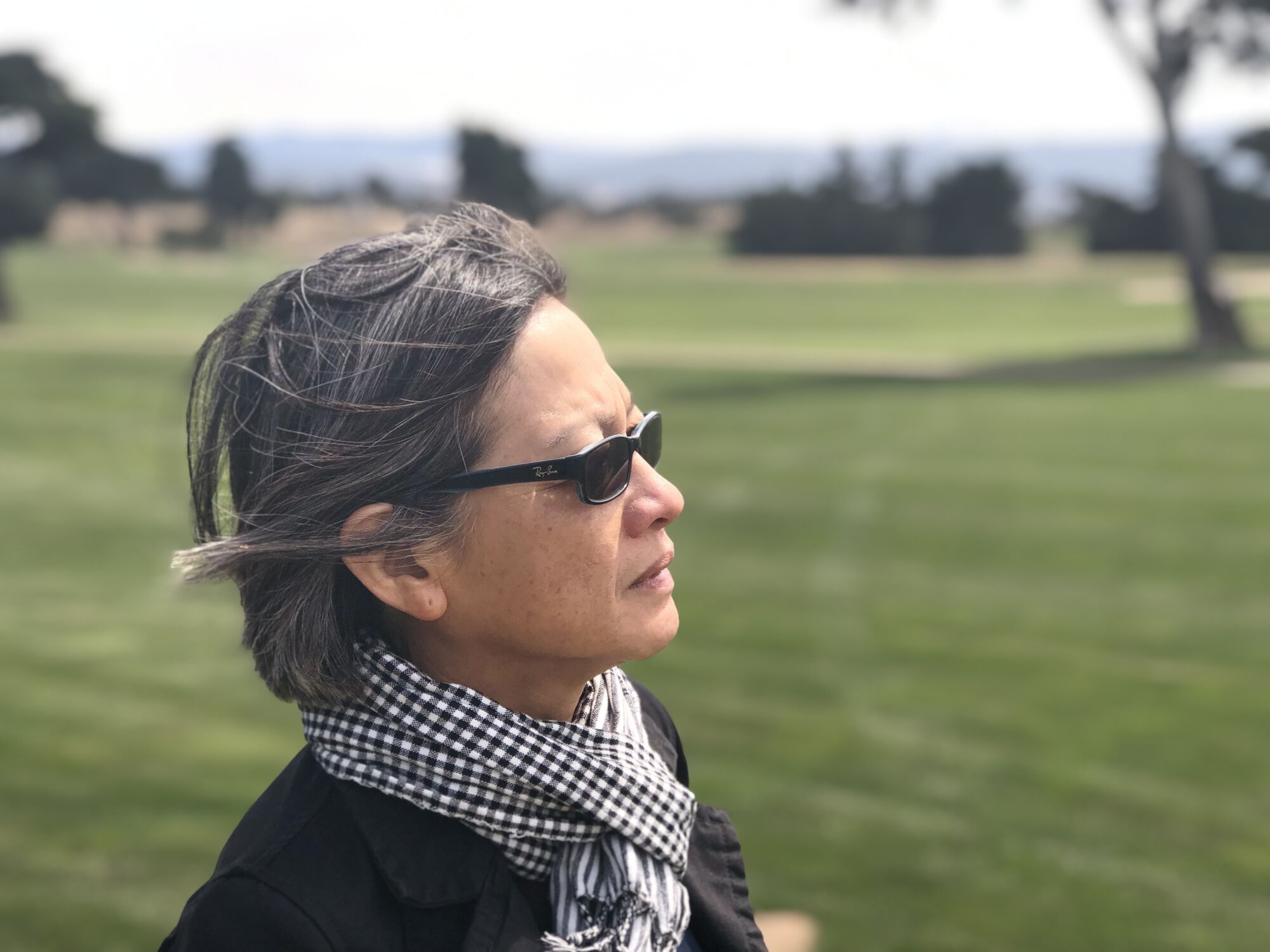
“The history of California is filled with this stuff,” says Trần, whose family immigrated to the U.S. as refugees from the Vietnam War. “If we don’t keep it on the front burner, people will forget.”
The sleepy Monterey Bay area seems worlds away from the racial reckonings happening in Los Angeles and other California cities.
About a 90-minute drive southwest of San Jose, Pacific Grove lies on a peninsula at the crescent-shaped bay’s southern tip. Beyond that are Pebble Beach’s white sands and Carmel-by-the-Sea’s wood-shingled cottages. Farther south is Big Sur — all plunging coastline, wind-whipped pines and roaring surf.
Every twist and turn seems to yield a clue to the region’s past.
Only white Americans were allowed to buy homes on Pacific Grove’s hilly streets in its early days. Chinese residents were relegated to the water’s edge.
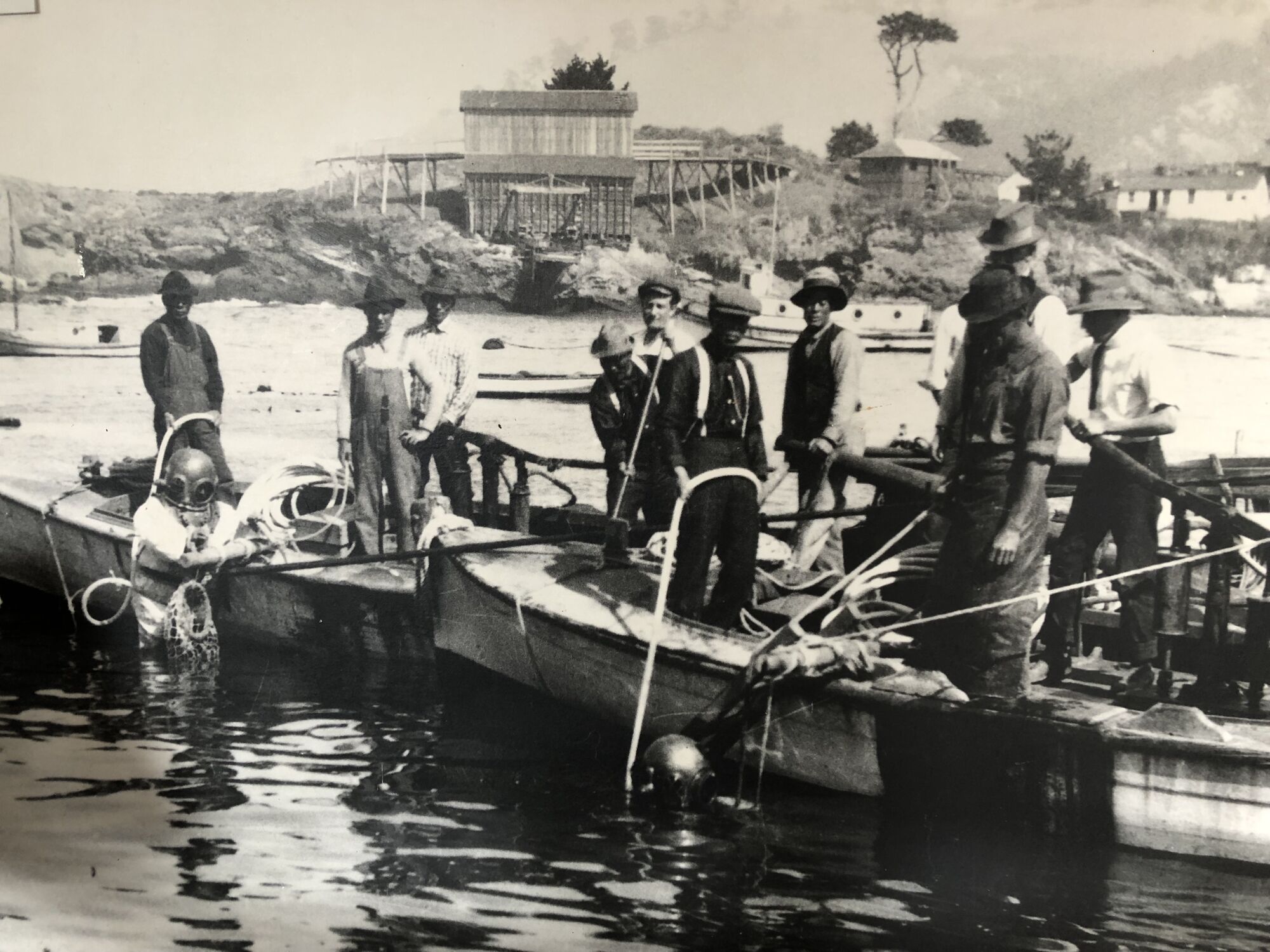
Low-Sabado was a fifth-generation descendant of these Chinese villagers, but she didn’t learn about the village’s existence, or much else about her ancestors,until she took relatives on a tour of Point Lobos, a seaside state park about 20 minutes south of Pacific Grove.
There, a path winds among trees dripping with moss to a lagoon where sea birds perch on driftwood in the rolling fog.
Some of the first Chinese families to set foot in California had landed in this lagoon in the early 1850s after sailing from Guangdong province.
A cabin they built, thought to be the oldest surviving wooden structure in Monterey County, serves as a museum that traces the early days of this cove, not just as where the Chinese newcomers landed, but also as a whaling hub.
One display includes a grainy black-and-white picture of Quock Mui, the first documented female resident of Chinese descent to be born in the Monterey Bay area, in 1859.
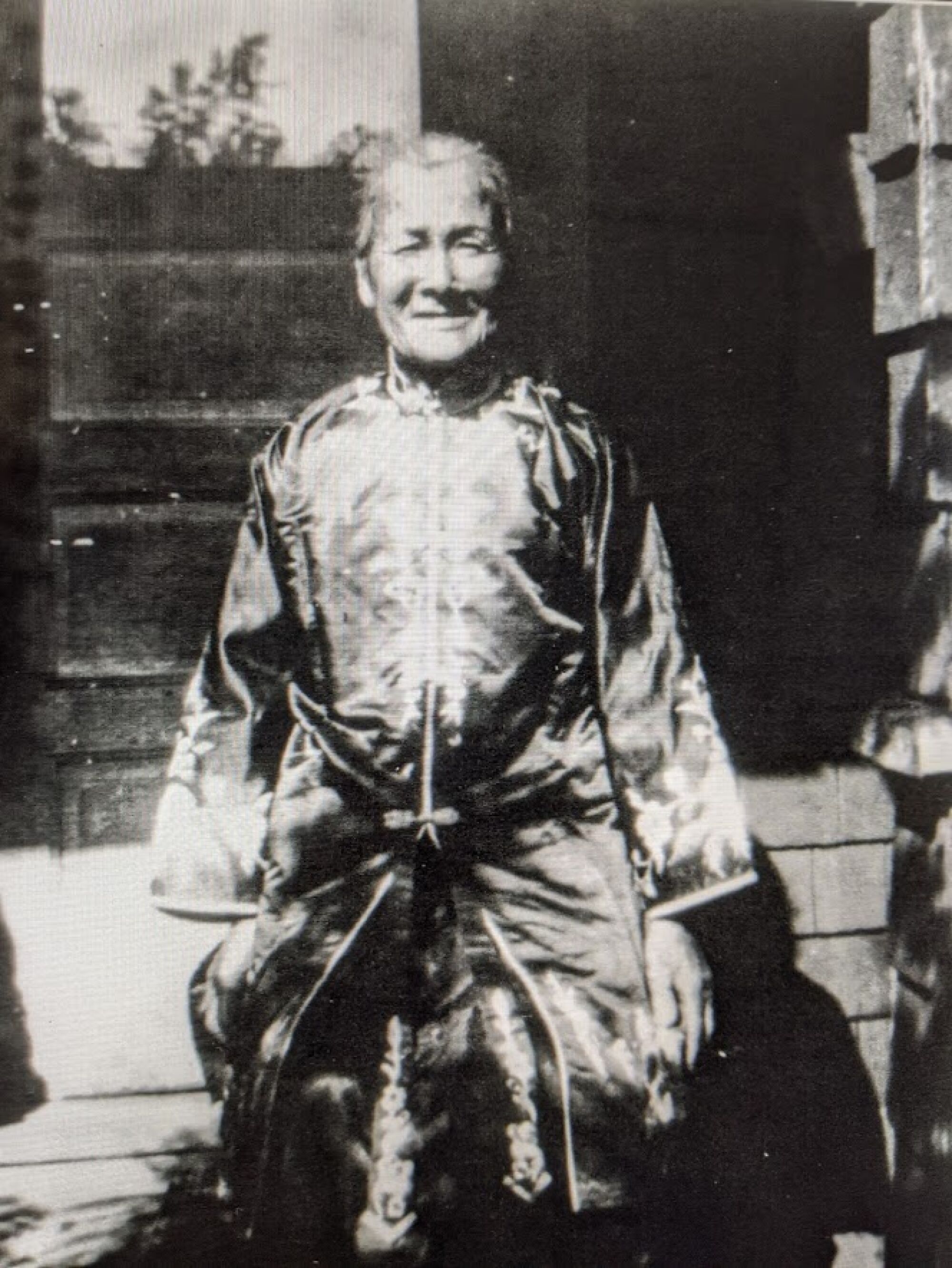
Low-Sabado thought something looked familiar about the photo, so she asked her mother. That’s when she was first told that the woman was her great-grandmother, and that she and other villagers were forced out of Pacific Grove after the fire.
Moved by these revelations, Low-Sabado decided to honor her heritage in a public way 12 years ago — by helping to start the Walk of Remembrance to pay tribute to the villagers.
Sabado follows the route of the procession, stopping at a historical marker in front of a marine research station.
Next to the research building is the site of the destroyed fishing village, today nothing more than an overgrown waterfront lot.
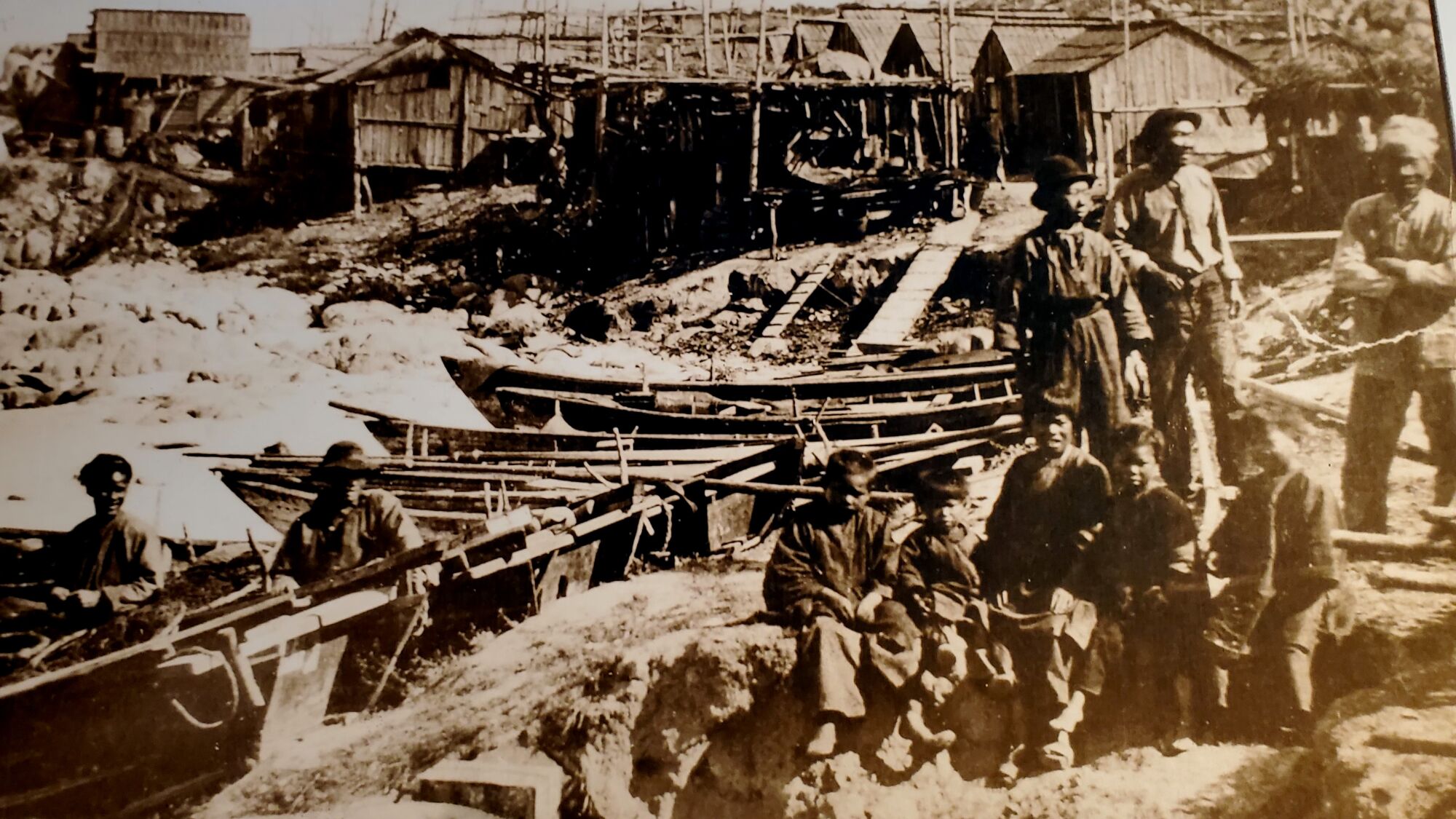
The Chinese helped establish this region’s fishing and seafood processing industries. At night, they would illuminate the water’s surface with lanterns to lure squid, a prized catch.
The Feast of Lanterns, which began in the late 1800s, was inspired by that evening light spectacle. The offensive pageant was added by civic boosters in 1958 and was based on a script that had nothing to do with either Pacific Grove or Chinese culture.
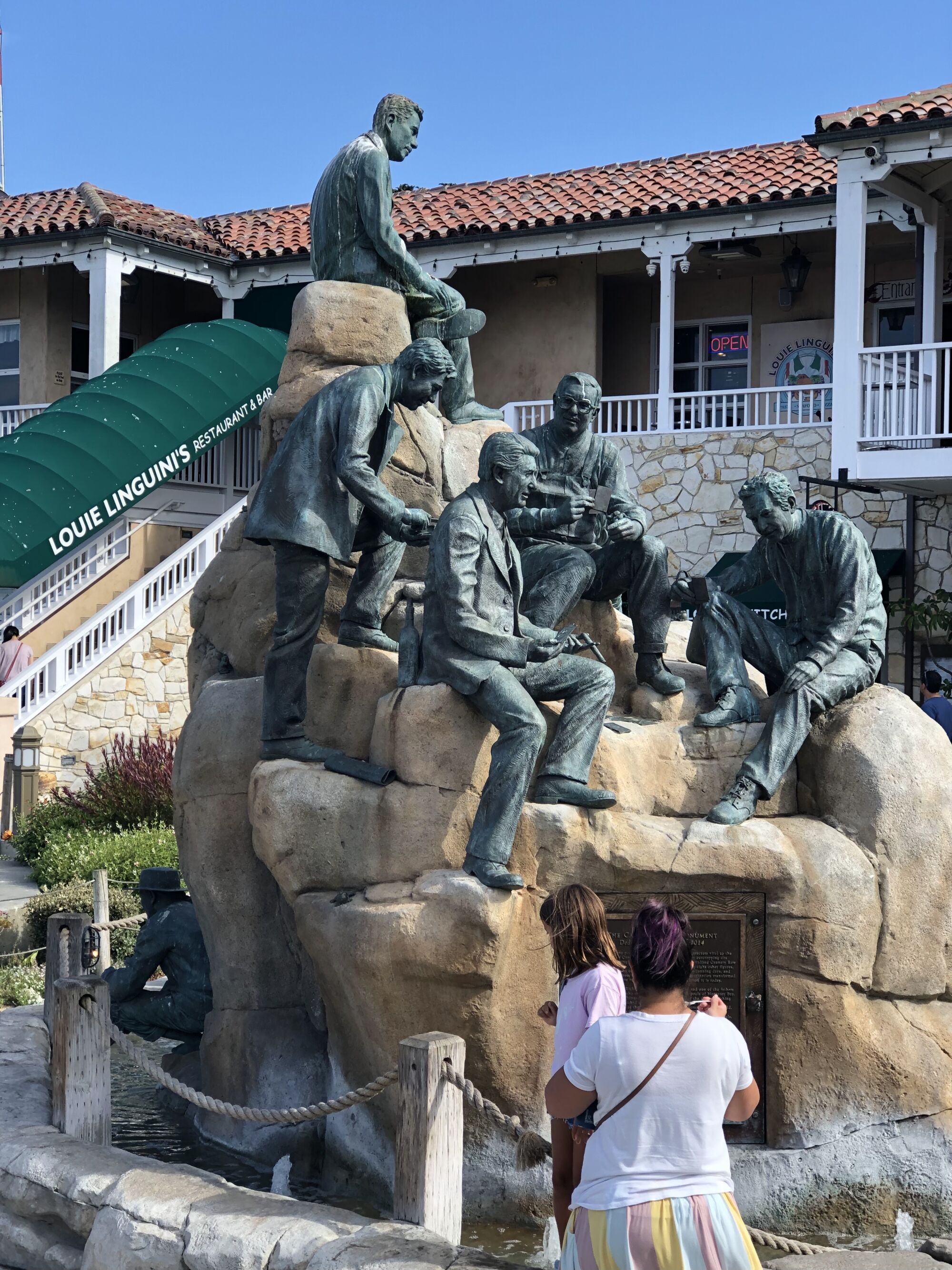
Up ahead in Monterey, tourists stroll along Cannery Row, the setting for the classic novel of the same name by Salinas native John Steinbeck. Sabado points out a different landmark — a wooden bungalow on Wave Street where Quock Mui lived later in life. We climb up to the front porch and stand where she posed for the photograph that his wife had seen on display at the Point Lobos museum.
Sabado smiles when he reflects on his wife’s determination to remind others of what was lost — not with calls to end the festival or protests against hate, but with a solemn and educational procession.
“Gerry’s approach, she always had this mantra of ‘change with kindness,’” Sabado says. “What she wanted to do was try to change things from within.”
While Sabado believes it will take time to bring about the understanding his wife worked for, he’s gratified that some changes have come.
Last fall, the Coalition for Asian Justice took up Low-Sabado’s lobbying efforts in her memory. The Feast of Lanterns is no more. And he’s pleased that Pacific Grove has joined Los Angeles, San Francisco, Antioch and other cities in apologizing for anti-Asian discrimination, riots and massacres.
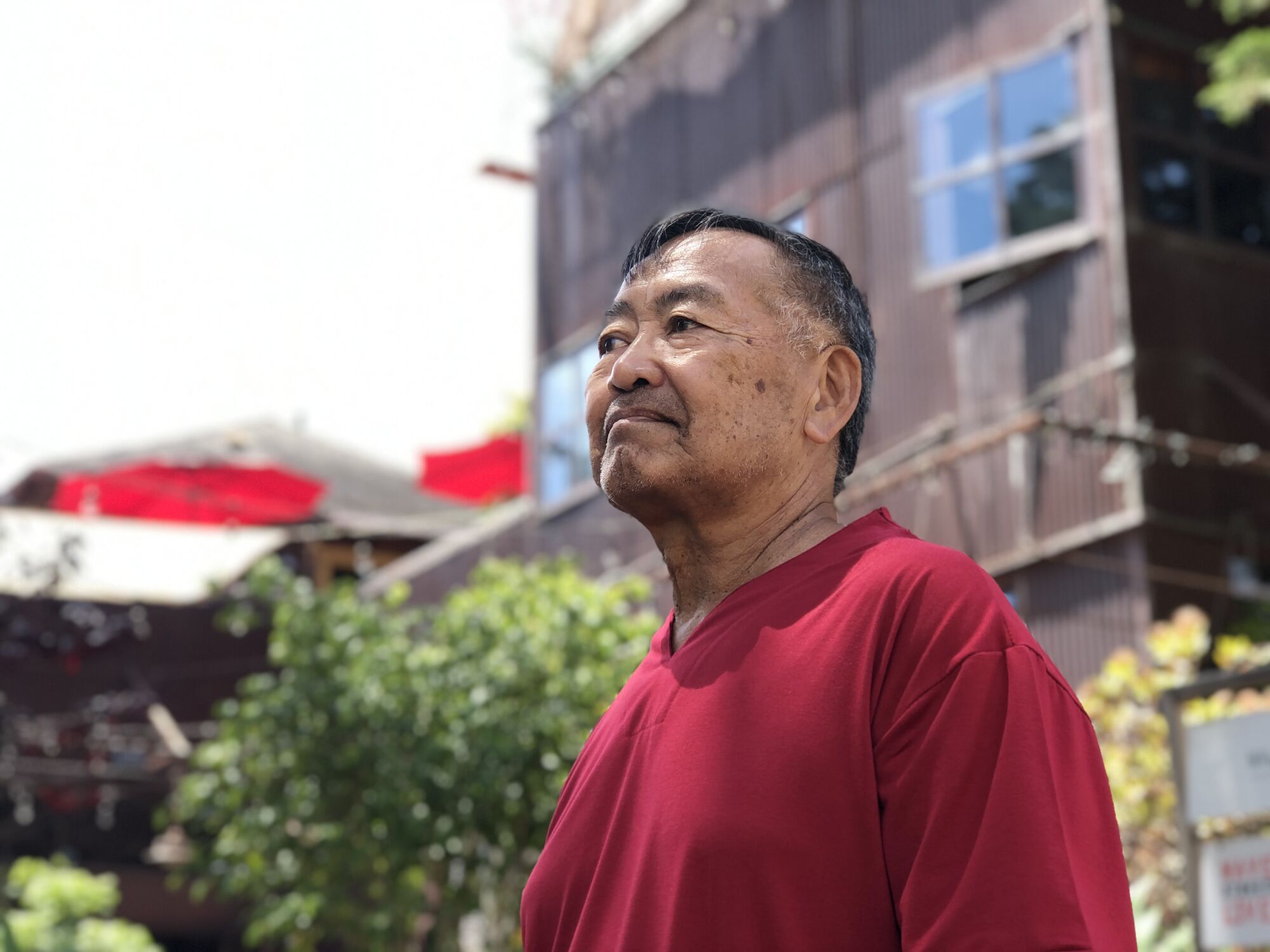
Some coalition members are beginning to process the complex emotions that the Feast of Lanterns and the nation’s current racial upheaval have dredged up within them.
“I’m your quintessential model minority, right? Well, it’s not enough,” says Kathy Biala, a third-generation Japanese American who is a councilwoman and mayor pro tem in the Monterey County city of Marina.
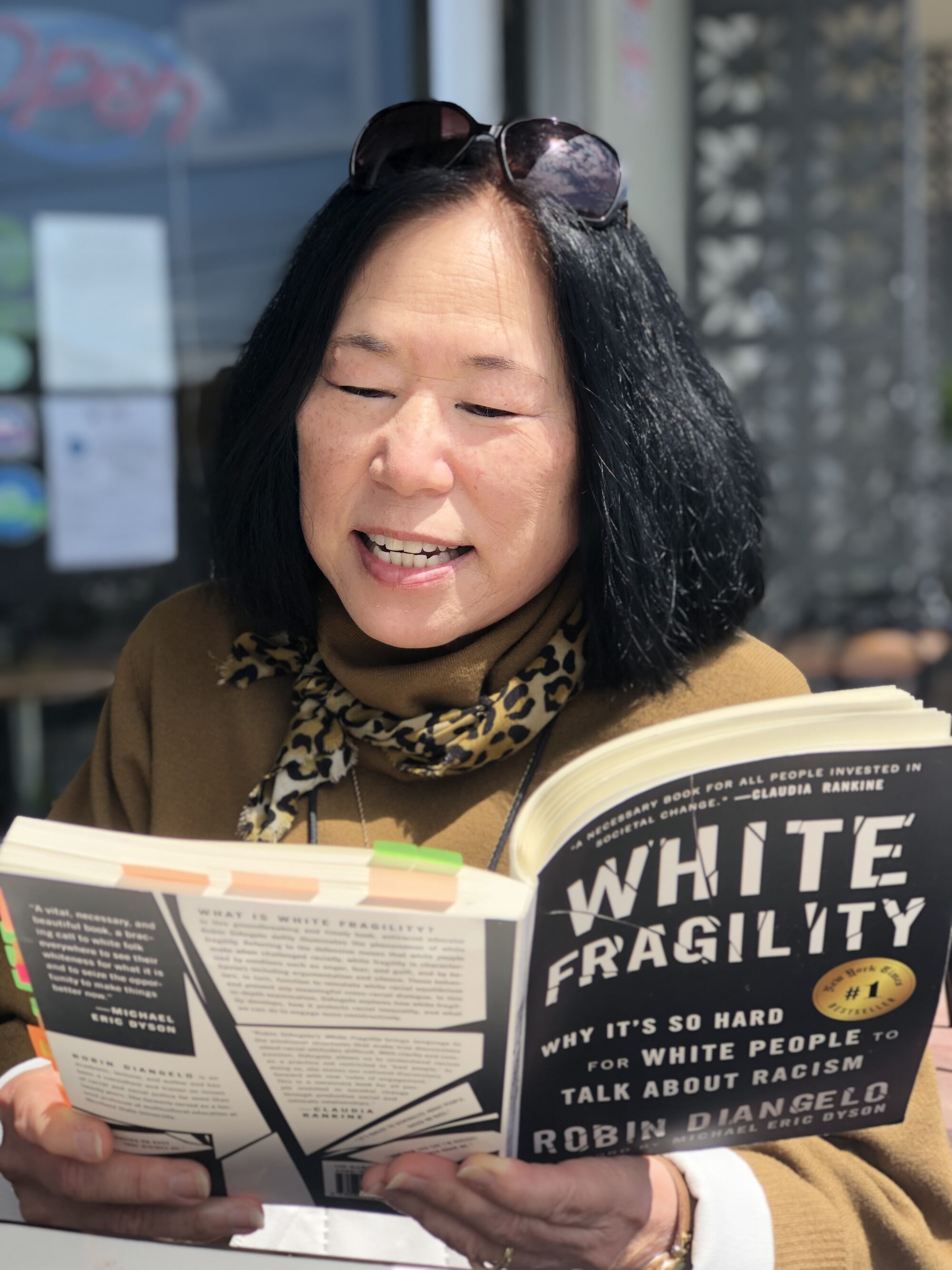
In the middle of a lunchtime conversation, Biala, who declined to give her age, opens her copy of “White Fragility” by Robin DiAngelo and reads about how hard it is for Americans of color to discuss issues such as unconscious bias and systemic racism with their white counterparts.
She sighs with recognition.
“I even had one of my dear friends say, ‘It sounds like you’re the racist,’” Biala says. “I was trembling with anger and sadness that this runs so deep.”
Sabado points to his wife’s friendship with Kaye “Klarity” Coleman of Pacific Grove as evidence of what reconciliation can look like when Americans set their minds to it.
Coleman, who is white and a member of the coalition, resigned in 2020 as president of the Feast of Lanterns organizing board, a private entity. She’d grown frustrated with watching board members brush off most of Low-Sabado’s suggestions to make the festival more faithful to the city’s history.
Coleman’s family had been active in planning it since the 1980s, and as a teen in the early 1990s, she was queen of the production’s royal court. By then, participants weren’t painting their faces yellow, but she recalls the thrill of lining her eyes with makeup for the festival.
“I was dressing up as a character,” says Coleman, 45, a clinical hypnotherapist. “I didn’t know that I was dressing up as a caricature.”
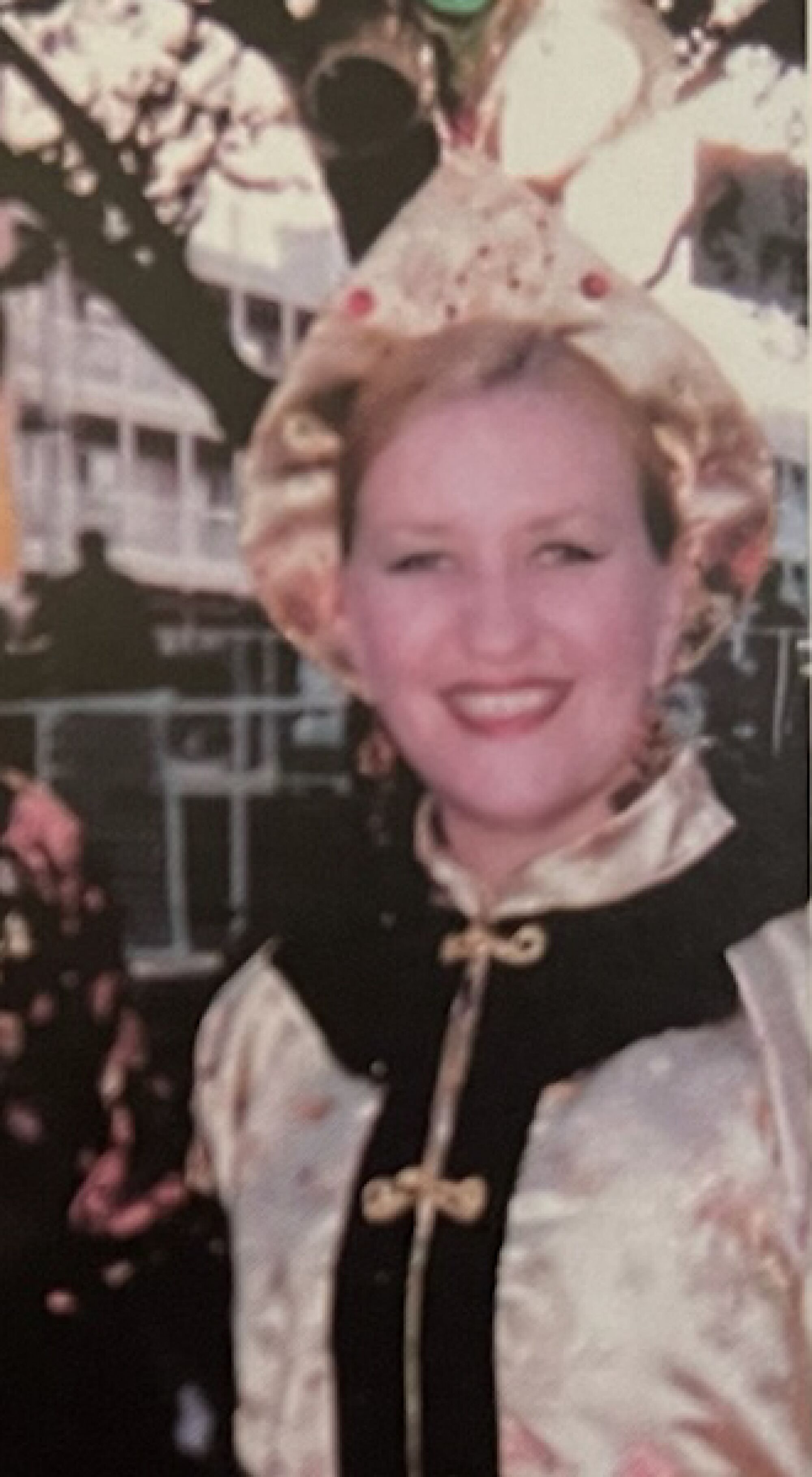
The Feast of Lanterns was viewed as a source of pride, and many residents still feel that way, she says.
But as far as she’s concerned, her participation was just as insidious as performing in yellowface.
“It was heartening to have a deeper awakening and realize that I was perpetuating something that was deeply harmful,” Coleman says.
Days after Low-Sabado’s death, Coleman sent a letter to local media outlets apologizing for fostering racism in her city. But she — like other coalition members — knows that apologies can only do so much.
Sabado sees further signs of healing: His wife’s relatives, who’ve mostly moved to other parts of the state, have begun to open up about the past. That’s especially true for Low-Sabado’s cousin, Shelly Gin, whose home is two hours north in San Francisco.
A sixth-generation descendant of some of the Chinese villagers, Gin accepted the city’s apology on their behalf in May during a Walk of Remembrance ceremony.
She talked about the lessons passed down by her grandmother Helen Jone — Quock Mui’s granddaughter — who had to work cleaning squid on Cannery Row after the fire destroyed her family’s marine business. She had always seemed distrustful of white Americans.
“Only recently have I begun to understand the heavy burden that kept her from dreaming of a life of safety,” Gin told the crowd. “She told me to stick to my own kind. Never walk alone. Never make waves for fear of being singled out…. She bought into the notion that minorities were competing in a zero-sum game.”
Speaking by phone, Gin, 53, says she can now see how these fears and suspicions “held us back from being all of ourselves.”
For the record:
12:20 p.m. Sept. 13, 2022An earlier version of this article said Shelly Gin has three children. She has four children.
She doesn’t want to pass this burden to her four children, but at the same time, she needs them to understand that having Asian features can expose them to some of the same dangers their ancestors endured.
When Sabado and I part ways, I walk to the Pacific Grove Public Library in search of more archival photos of Chinese residents. Marchers had carried portraits of villagers at this spring’s procession, and I wanted to see their faces, in all of their humanity, up close.
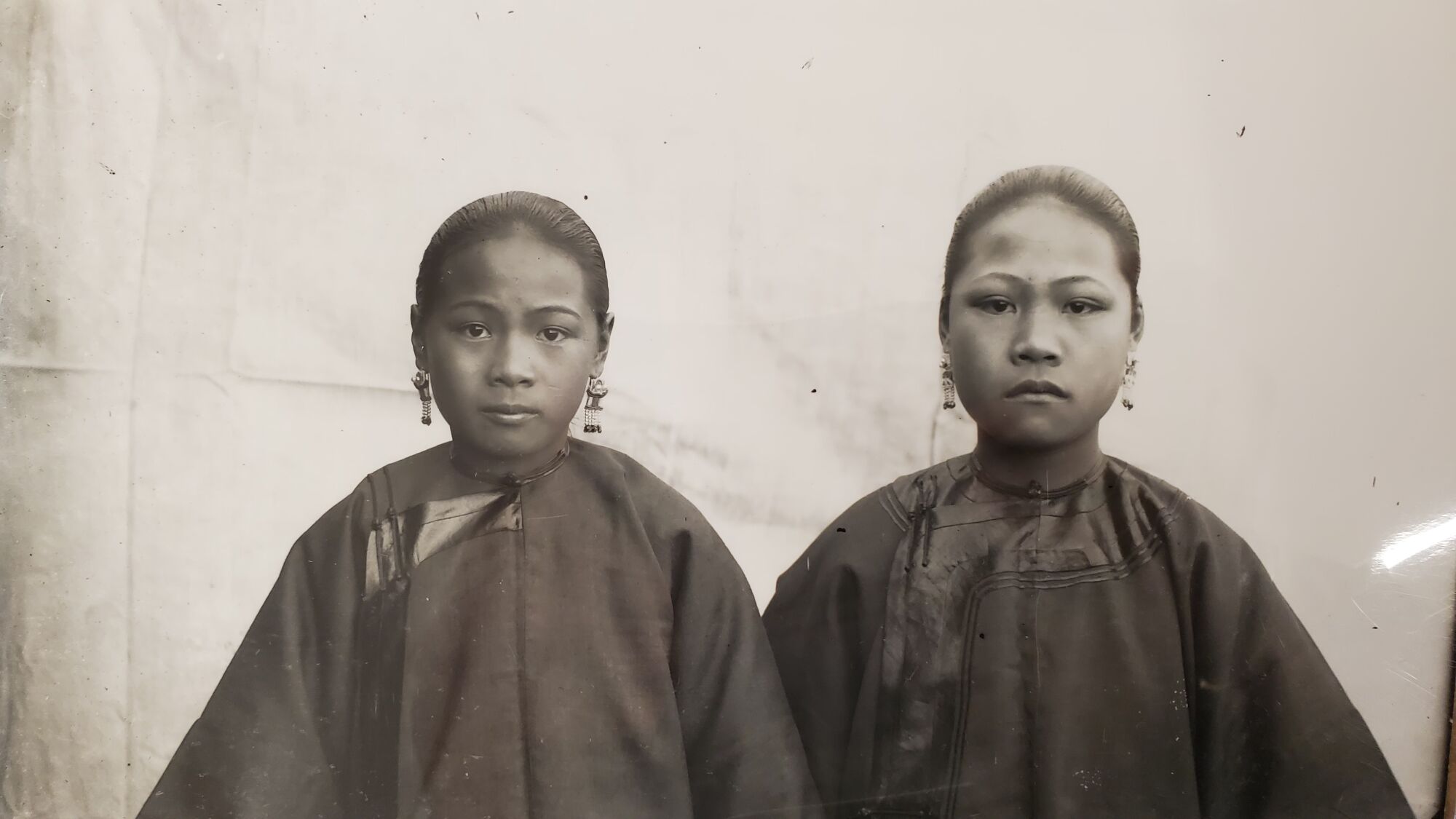
In one binder, a section marked “Chinatown” contains page after page of portraits taken in the years before the fire. The subjects stare straight ahead in traditional Chinese jackets and robes.
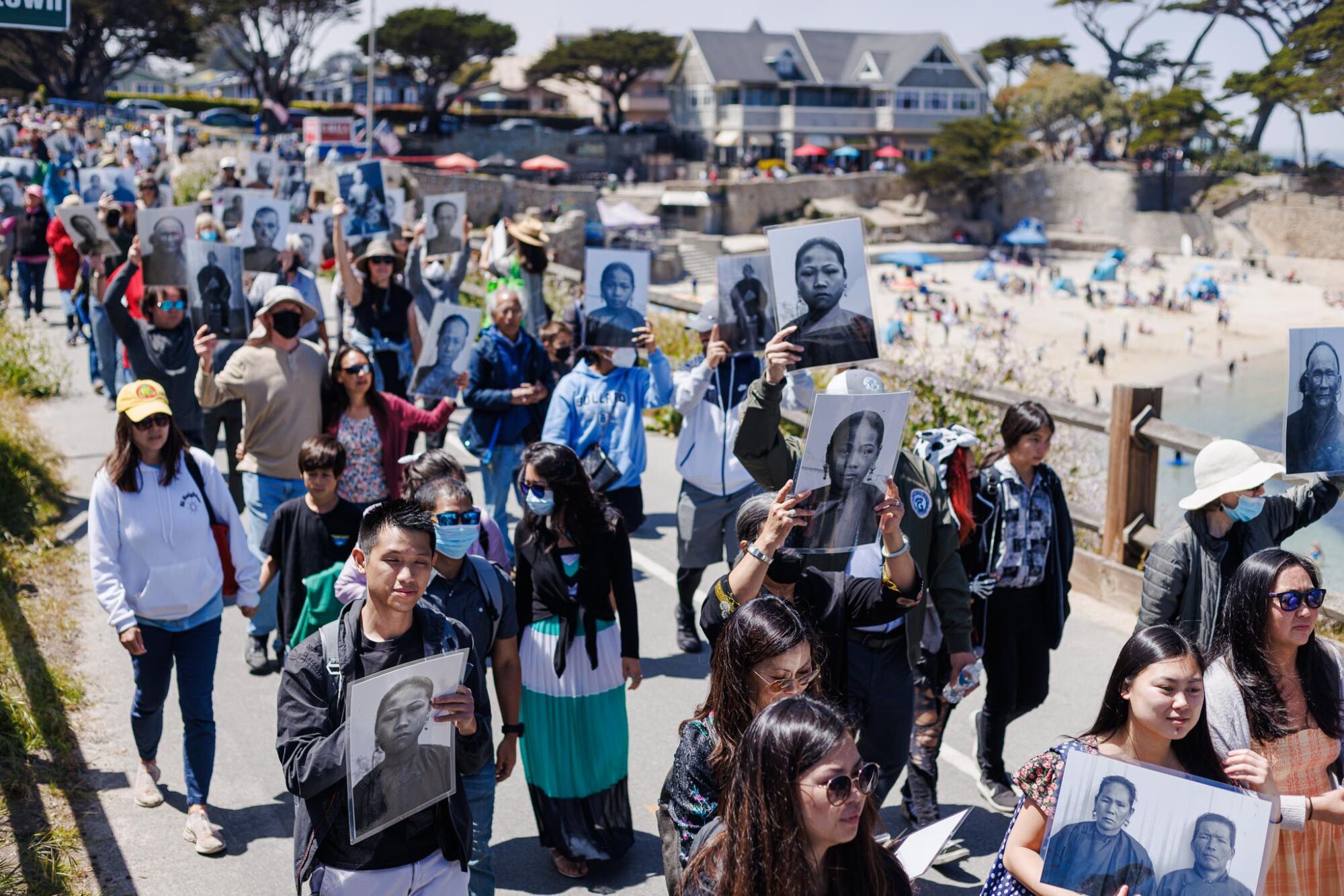
The photographer had etched their names in the negatives’ emulsion. I read each one to myself: Sum Yoy. Tai Lee. Ah Wong. Kai Foke. The names go on. Seeing the way their faces look up at me from the pages, I am overwhelmed by their seriousness, their dignity.
As inspirational as the villagers’ story may be, Biala, Trần and the other coalition members are focused on the present.

Trần says it’s crucial that Asian Americans view their desire to be treated with dignity as part of a shared endeavor among people of color to fight racism.
Many who spoke out against the festival at hearings were Asian, and this year’s Walk of Remembrance was bigger than ever. That makes Biala hopeful that this greater awareness is taking hold.
“The healing comes because I know that we have the strength to protest and to rally,” Biala says.
“We have a confidence in ourselves that we didn’t have before.”




